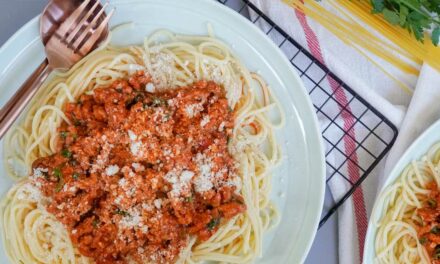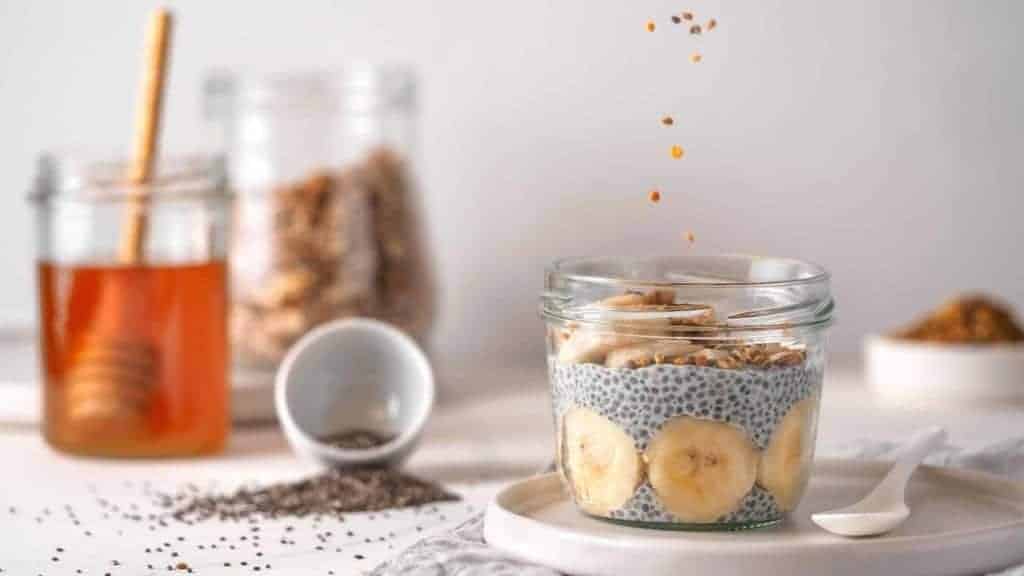Did you know that Costco sells a rotisserie chicken for only $4.99 that’s SO popular it has its own Facebook page?
It is so.
Other popular grocery store chains also sell inexpensive, ready-to-eat, perfectly roasted and often specialty seasoned rotisserie chicken. They are wildly popular, so much so, that a new batch is roasted every hour, on the hour that the deli is open. In many stores, the unsold birds are broken down the next morning and used to make delicious chicken salads.
It’s convenient. But are we trading our health for convenience?
We are busy. We all rush from one place to the next, one task to the next, and eating has often become an afterthought in our lives. Our society seemingly mandates this pace. Factor in the stress produced and it’s no wonder chronic disease and obesity are at an all-time high.
To feed the demand for quick satiation after soccer practice and before bathtime in millions of households around the United States, something called concentrated animal feeding operations or CAFOs was born. A simpler more common term you may have heard of is “feedlot”. A feedlot is a term for the beef and pork industries. In the poultry industry, birds are raised in houses in mass quantities. These close quarters create enormous amounts of waste and require farmers to preemptively treat the birds with antibiotics, use chemicals, and toxic substances in an effort to stave away disease in what amounts to a giant petri dish.
The chicken grown in this way is compromised in a number of ways. In an article on the popular website Mercola.com, related specifically to chicken sold at Costco, Dr. Joseph Mercola details the hazards associated with poultry raised in CAFOs.
There are a number of ethical and environmental factors to be aware of. From a nutritional standpoint, as Your Health Defender, I have to recommend that you avoid non-organic poultry. In fact, my recommendation is pasture-raised and organic poultry.
In a world with increasing demands on our time, it’s tough to give up the tasty pre-prepared rotisserie chicken. I will admit, after a rather intense internet search, it seems the only place to find certified organic chicken prepared this way is at Whole Foods, EarthFare, and independent specialty grocers.
So, what’s an alternative when you’re running nonstop?
Here’s how to duplicate rotisserie chicken at home!
Prepare the seasonings to make your own healthy rotisserie chicken by putting together a large batch of those wonderful spices that make the rotisserie chickens so very flavorful to keep on hand. Always organic when possible.
4 TBS Himalayan Salt
4 TBS Smoked Paprika (the real key to that special flavor)
6 tsp Onion Powder
4 tsp Garlic Powder
6 tsp Thyme
5 tsp White Pepper
3 tsp Cayenne Pepper (optional)
2 tsp dried rosemary or dried tarragon (optional to change it up a bit)
STORE ALL IN A TIGHTLY SEALED JAR. Keep in your cabinet, out of direct light.
Now purchase that organic whole chicken & prepare to oven roast it or cook in your insta pot.
Season the chicken after cleaning out the cavity and patting dry.
Brush the chicken liberally with melted butter, inside and out.
Sprinkle and rub in the spices generously over the chicken. Lift up the skin where you can and put some spices under the skin. Also, sprinkle into the cavity.
Place a rack into your roasting pan and add 1-2 cups of water.
Place chicken breast side down on the rack.
Cook in a low and slow oven – 300 degrees for 2-3 hours until your meat thermometer reads 160 to 165 degrees.
Cover the chicken with foil and let rest for 20-30 minutes.
Or follow your insta pot directions for cooking the seasoned chicken.
Consider roasting two at a time to have leftovers to make chicken salad with, etc. and to freeze for easy meals in the near future!
No time for that? Search out a local health food store that sells organic rotisserie chicken & purchase yours there.
Something else to be aware of at the deli counter. If you’re buying fried chicken from your grocery store, or a rotisserie chicken (organic or not) … it’s highly likely that the product is near the end of its shelf-life. It’s a double-edged sword and a catch-22 … if you’re a fan of euphemisms. It’s double-edged because the chicken salad, ham salad, potato salad (and the like) is possibly prepared with some items that are near expiration and almost never are they organic. It’s a catch-22 because on one hand, there’s an enormous amount of food waste in the world and using products in this way helps to chip away at that issue. On the other hand, you may be risking your health.
If at all possible, please consume certified organic food products. Free of chemicals, antibiotics, and toxins, organic food is the best option.






